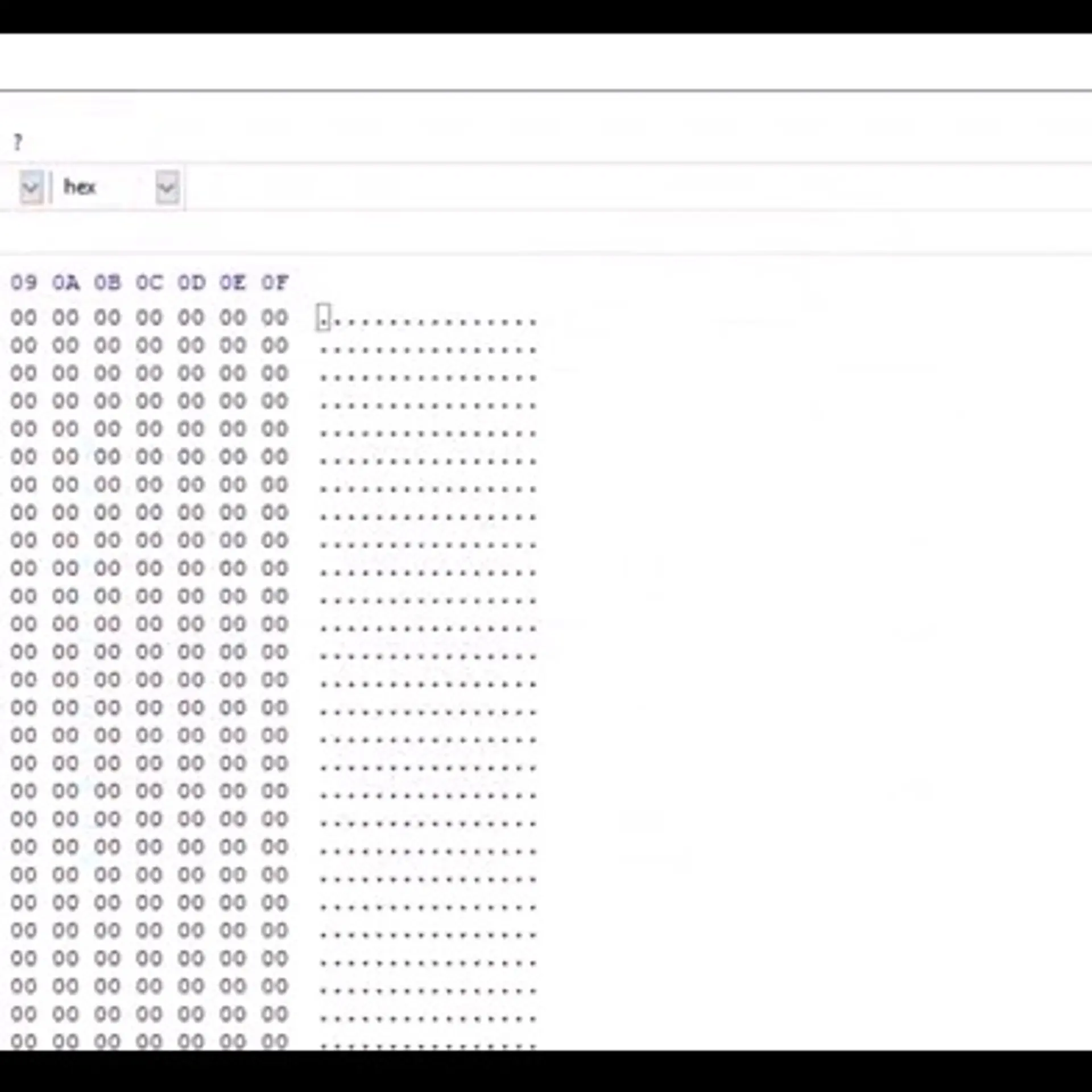

Key Strategies to Tackle 'generation gap' at Workplace
At the core of a successful organization is its thriving workforce. A great workforce is made up of many elements and one of them is the diversity it offers. Which is why, modern organizations boast of a diverse workforce comprising different age-groups, such as millennials and older employees.
In such a multi-generational workforce, there is a significant variation in the interests and aspirations of its different generations of employees. It also means that their challenges and lifestyles may also be significantly different from each other’s. Such differences may create a disconnect between the older and younger generations. As employees need to collaborate together, it is crucial that any challenges arising out of a generation gap are addressed properly. Therefore, organizations must make efforts to close any generational gap at workplace –
Leadership strategies to close the generation gap at workplace
To effectively handle the generation gap related challenges, the needs of different generations of employees need to be understood. The onus of understanding those needs and answering them falls on senior leadership. The senior leadership of any organization must come up with strategies to handle it in a way that positively impacts the entire organizational ecosystem. Here are some strategies that leadership can implement –
1.Focusing on the 3Cs - Communication, Collaboration, and Connection - A lack of open communication can hamper the productivity of any team, irrespective of its size or structure. In multi-generational teams, there can be a disconnect among employees due to their age difference. This can throttle knowledge sharing, effective communication, and work quality.
To avoid this, senior leadership can build an environment where the focus is on the similarities between the team members. By focusing on their common core values, a company can create a culture of open-mindedness. Activities like team building exercises, employee engagement events, etc help in creating a culture of open communication and forging a true connection amongst employees.
2. Mentoring program - A structured mentoring program will serve as a platform for all employees to learn from each other. Cross-generational mentoring or reverse mentoring is also a great idea where young employees mentor their seniors. It helps in breaking the ice and creates a sense of mutual respect and friendship between them.
A mentoring program provides a fair chance to people from different age groups. It helps them to know each other without bias and develop strong interpersonal relationships. They benefit from each other’s knowledge which helps the organization in harnessing their potential and putting it to good use.
3. Increase awareness among managers - The ability to make the most out of an employee’s potential is one of the cornerstones of a great organization. But before a company can utilise its employees’ potential, it needs to be aware of it. Therefore, managers should be encouraged to learn more their team members across different age groups. Every employee can have a unique approach to work and life. By knowing about their unique team members, managers can set the right expectations from them, free of any pre-conceived notions. They can then tailor their management style according to the personality of their team members. The more aware they are, the easier it is for managers to lead, motivate and guide their team to success.
4. Keeping reasonable expectations from the workforce - It is normal for management to have certain expectations from its employees. However, everyone is unique and the same set of expectations from every employee would not be in favour of organizational productivity. Therefore, while working with multi-generational employees, it is prudent to keep the expectations reasonable and in accordance with their respective age groups.
For example, millennials are more comfortable and well-versed with technology compared to the older generation. They can handle changes such as their organization’s digital transformation far more easily and hence can also guide others. Senior employees, on the other hand, have a lot of experience. Leadership can leverage their knowledge and instinct by putting them on a job that best suits their experience. For example, older employees are more aligned to organizational culture and can serve as brand ambassadors of the company culture. They can help bring newer employees into the fold.
Having too many expectations from the employees can also disengage them or burn them out. It is important to note that every employee has a unique style and potential. By keeping expectations reasonable, one can assign the right job to the right person and benefit from improved productivity.
By embracing every team member’s unique strength, a company can create newer ways of creating employee satisfaction. It is also crucial for a company to constantly re-evaluate the age-mix of its workforce and consciously adopt the strategies that serve it well. In return, it will benefit from enhanced performance and high employee engagement within the organization.
A good leadership strategy will facilitate employee engagement and create satisfaction among all sections of the workforce irrespective of their age gap. It will weed out the challenges that a generation gap can bring to the workplace by appreciating the contribution of each generation to the success of the organization.




